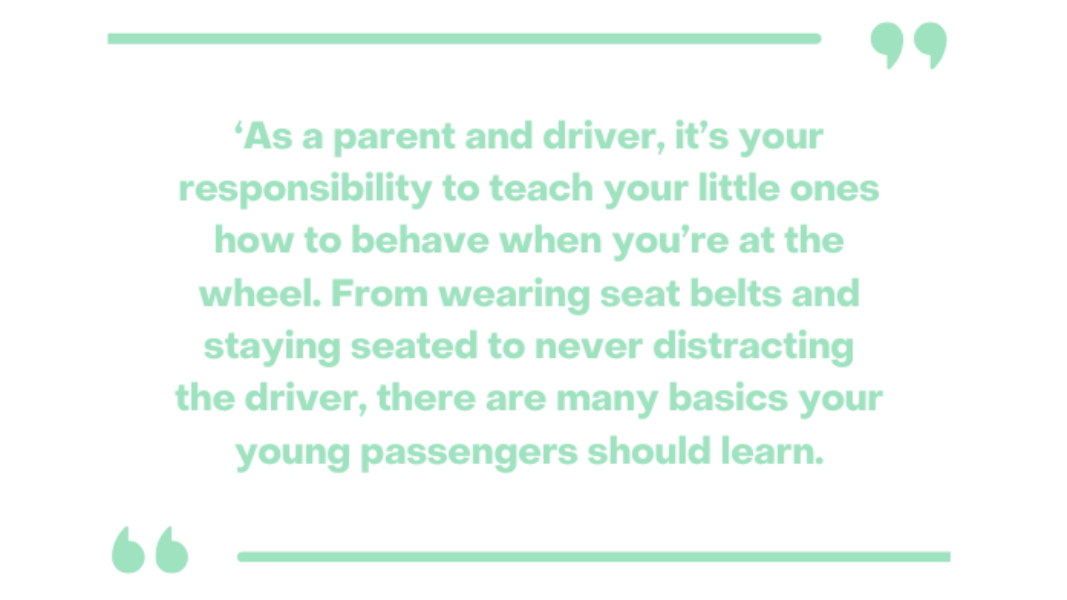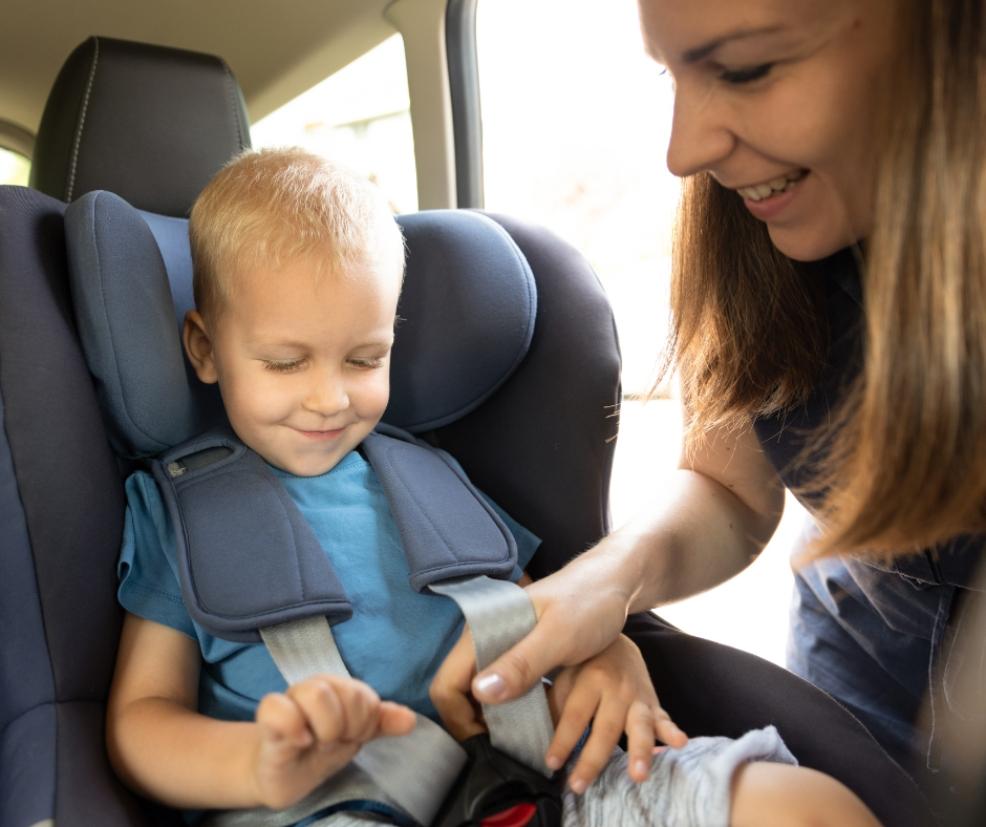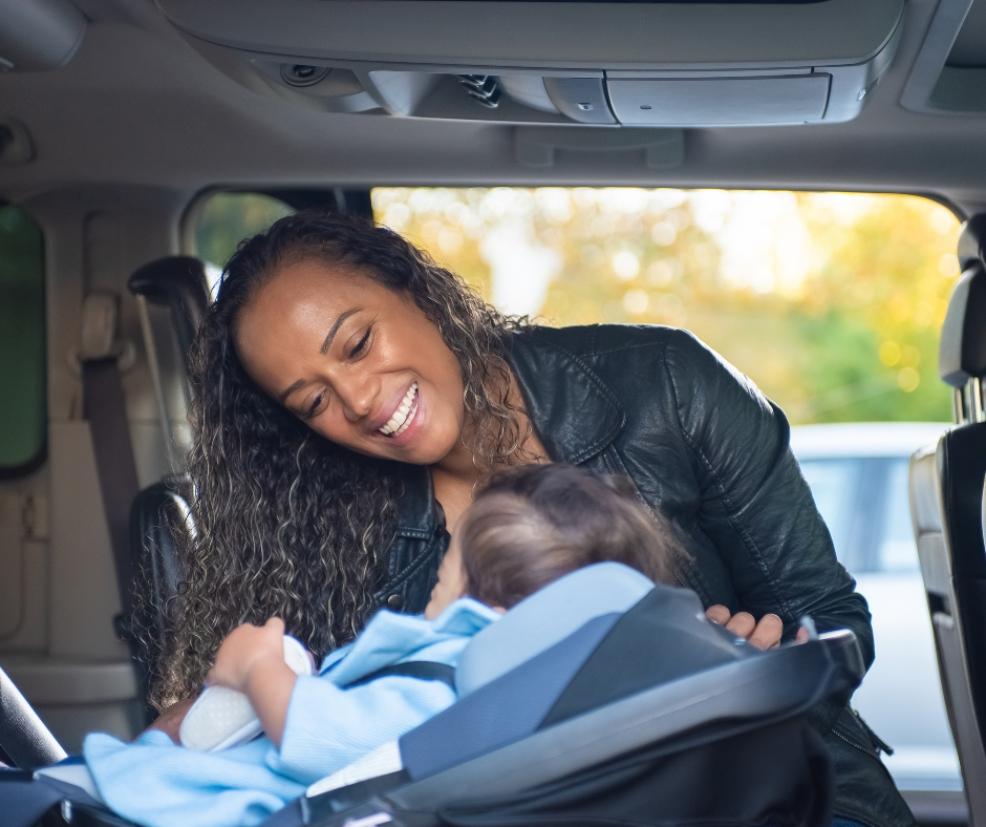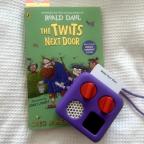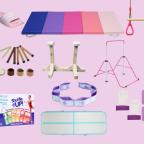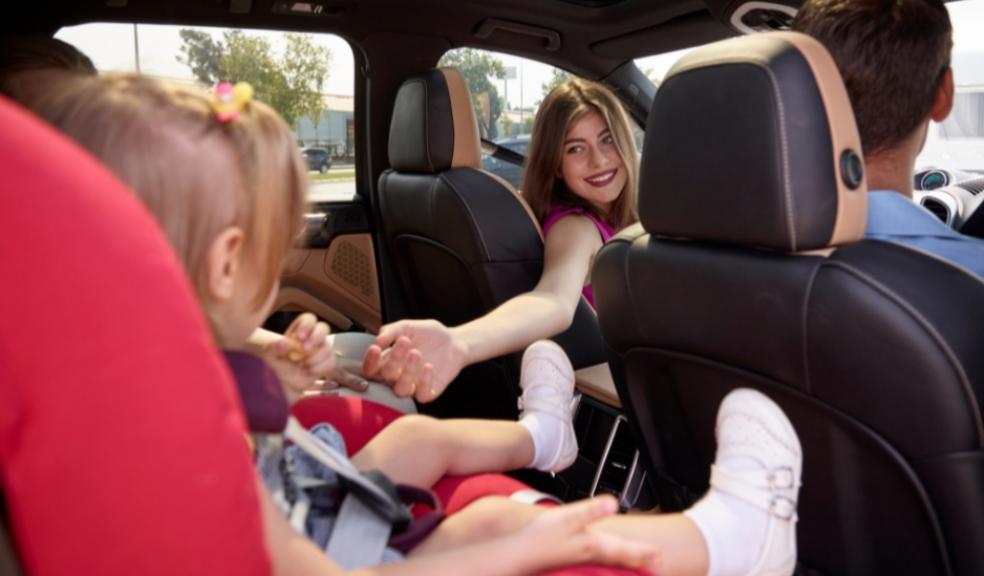
4 Car safety tips to teach your children
Is Your Child Car-Safe? Tips Every Parent Needs to Teach Their Kids
Whether they’re being driven to school or enjoying a road trip with the rest of the family, it’s important for your children to know how to stay safe inside the car.
cinch, the leading online car marketplace, shares some tips on how to educate your children about car safety.
Buckle up!
First things first, Sam Sheehan, motoring expert at cinch, says it’s crucial to teach your kids about the importance of being strapped in, no matter how fast or slow you’re going.
“Once a child reaches the age of 12, or 135cm tall, and no longer needs a car seat, they should be wearing a seat belt. As a driver, you will be held responsible and could be fined £500,” Sam explained.
“When a child reaches 14, the responsibility of wearing a seat belt passes to them, and they could be fined £500 for not doing so.
“More importantly, though, buckling up can protect your little ones from sudden stops or crashes.
“In the event of a collision, passengers who aren’t strapped in are more likely to suffer injuries – if not worse. Highlighting that seat belts are required at all times should always be at the top of your car-safety list.
“One of the best ways to get the message across is by setting the example. Make sure to buckle up as soon as you get in your car – your child should follow suit simply because you do!”
Ride at the back
Another important safety rule is that kids aged 12 or younger should sit in the back seat. Why? In short, it’s the safest place to be in a car.
One of the main reasons for this is that, should you be involved in a crash, the airbags that blow up in the front could harm your little ones. Front seat airbags are designed to protect a bigger person’s body and could pose a risk to younger passengers.
The bones and muscles of under-12s are still developing, and their head tends to be larger in proportion to the rest of the body. This means that even in a gentle collision, children find it harder to keep an upright position and may come face-to-face with the airbag as it expands.
If your little one is eager to take the front seat like an adult, remind them that all VIPs travel in the back. They’ll have plenty of opportunities to go up front when they grow up.
Set rules for playing in the car
Playing comes with a number of benefits, as it encourages kids to think creatively, interact socially and improve their motor skills. However, there’s a time and place for everything, and cars aren’t the right environment for loud or physical games.
When on the move, excessive noise in the back can distract drivers, meaning they could lose focus on the road and traffic ahead.
As well as explaining why it’s important to keep calm in the car, teach your kids some fun pastimes to keep them entertained en route.
‘I Spy’, for example, is a classic game that helps keep kids engaged for a while. If they’re too small to know the alphabet, get them to try the colour version and take it in turns to spot red cars or green traffic lights.
For older children, listening to music, a podcast or a story with their headphones could also do the trick. This way, they can let their minds fly into the horizon as you drive quietly towards your destination.
Don’t leave the car without permission
After a family meal, can your kids leave the table without asking? Probably not. Likewise, children should never be allowed to exit the car without your permission.
Make sure your little ones understand that opening car doors and bouncing out of the vehicle can be dangerous, especially in car parks and areas of high traffic. This is particularly true with the rise of hybrid estate cars and EVs, as vehicles are becoming quieter and can be difficult to detect when they pass by.
It’s always crucial to remind your young passengers that they mustn’t rely on their hearing to know if a car is approaching. Instead, they should look around and, once you’ve given them the go-ahead, they can carefully jump out into the fresh air.
With the correct car etiquette, you can ensure you and your little voyagers hit the road safely and with confidence. Safe travels!

